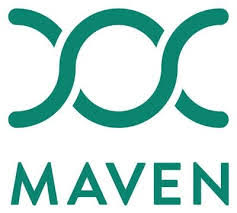
The American Society of Reproductive Medicine states that only 3% of couples with infertility will need some form of treatment to conceive. For those in that 3%, their best chance at conceiving may be through Intrauterine Insemination (IUI) or In Vitro Fertilization (IVF) treatment.
If you’re not sure what the difference is, we’re here to help. The reproductive specialists of Reach Fertility Center in Charlotte and Lake Norman share the facts and differences between the two.
IUI
Intrauterine Insemination (IUI): Intrauterine Insemination assists couples where hostile cervical mucus and/or poor sperm motility make it difficult to conceive. By bypassing the cervix and placing the sperm directly into the uterus, many infertile couples are able to conceive.
How it works:
- Sperm is collected and prepared for the procedure.
- A thin catheter is placed by inserting it through the cervical opening and into the uterus during the patient’s fertile window.
- Once the catheter is in place, the prepared sperm are injected into the uterine cavity.
- The catheter is removed and the procedure is complete.
Then what: After the procedure begins the “2 week wait” to see if the sperm has successfully fertilized an egg and the resulting embryo has implanted in the uterine lining. The fertility specialists at Reach will monitor these results and set up a schedule of visits depending on your unique situation.
IVF
In Vitro Fertilization (IVF): For couples suffering from male factor infertility, endometriosis, premature ovarian failure, and unexplained infertility, In Vitro Fertilization may help them achieve a pregnancy.
How it works:
- Medications are administered to stimulate the ovaries to prepare and release a number of mature oocytes, or eggs. When the eggs are fully mature, an additional medication is given and the patient is prepared for egg retrieval.
- The mature eggs are collected for in vitro fertilization using a simple outpatient procedure. The procedure takes between 10 and 15 minutes and recovery is brief.
- The eggs and sperm are examined and prepared prior to being combined. The eggs are closely monitored for fertilization and embryo development.
- The resulting, healthy embryo is placed into the uterus, where they will hopefully result in pregnancy. Any remaining embryos can be cryopreserved for later use.
Then what: After the procedure begins the “2 week wait” to see if the embryo has successfully implanted in the uterine lining and is growing. The fertility specialists at Reach will monitor these results and set up a schedule of visits depending on your unique situation.
If you have been trying to conceive without success for a year (or 6 months and over 35), it may be time to see a fertility specialist. Contact Reach today to set up a fertility consultation.








